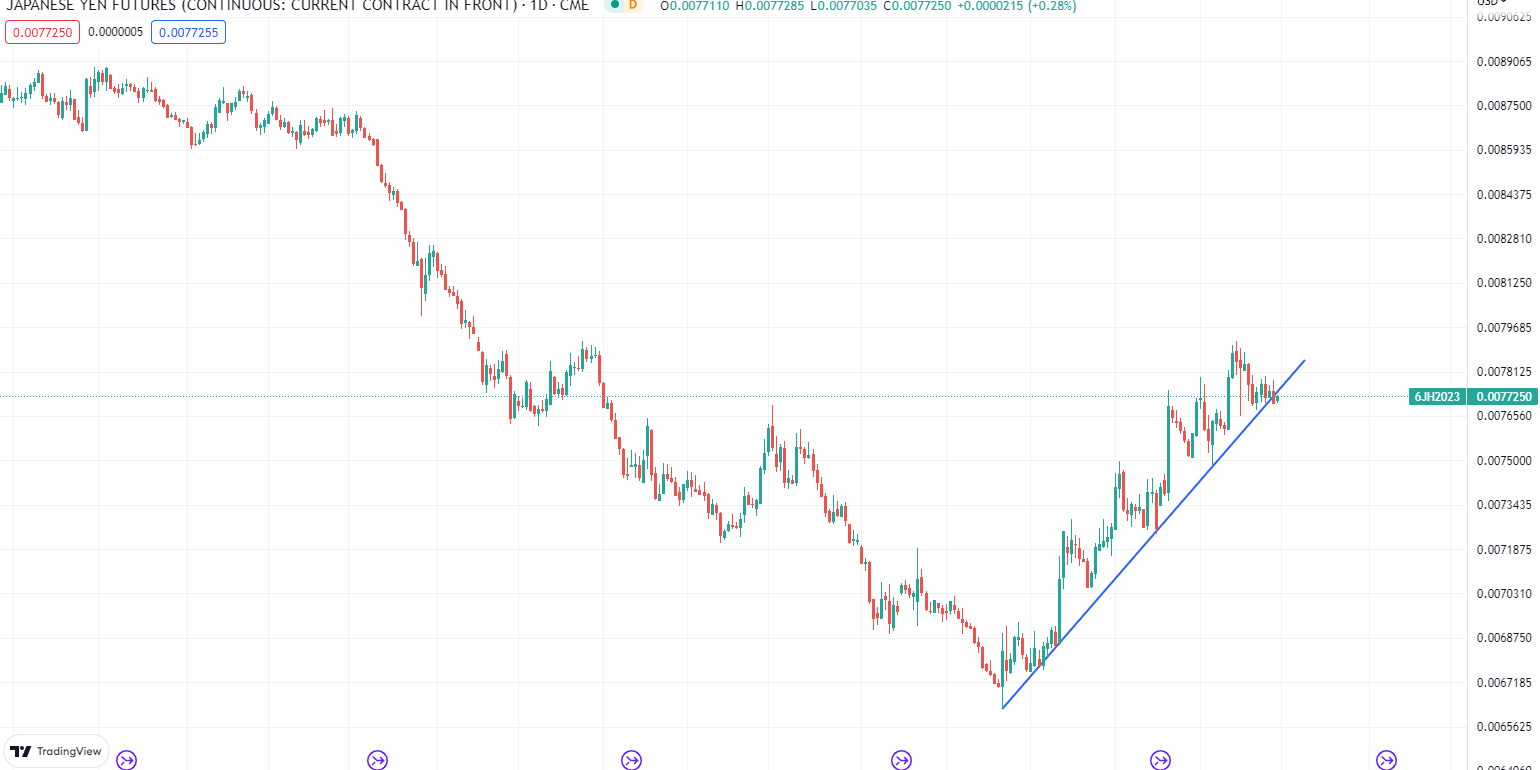With the end of the New Year holiday, the rebound atmosphere throughout January began to fade gradually. Although the market performance has not changed greatly in the past two weeks, the situation seems to be brewing slowly.
After the expected interest rate hike this week, whether the Federal Reserve will give a new direction to guide the market in the next stage will be particularly crucial.
According to FedWatch data, the Federal Reserve will announce a 25 basis point interest rate hike on February 1, which is also in line with previous mainstream market expectations. Since nothing unexpected can happen, the focus naturally turns to whether there is anything new in the attitude of Fed officials.
Following the path of previous resolutions, the key to balancing interest rates (the extent and frequency of interest rate increases) with the economy/inflation will be the top priority.
Specifically, if the lag time of monetary policy is long, last year's interest rate hike has just begun to have an impact on the US economy and will strongly inhibit this year's economic activity, which means that the Fed does not have to raise interest rates further or keep interest rates high for a long time; However, if the lag time is short, that is, the previous interest rate increase has been basically digested by the market, the Fed may decide that it must raise interest rates further or keep them high for a longer time to achieve the expected effect. Of course, how this is evaluated will also depend on the judgment of the Federal Reserve.
In fact, within the Fed, officials, like market economists, are quite divided. Some Fed officials say interest rate changes have a faster impact on the economy because the Fed has communicated its policy intentions more clearly than in the past. However, some Fed officials and former officials believe that the current situation facing the US economy cannot be directly compared with the historical economic recession.
Personally, judging from the recent frequent layoffs of large companies, the Fed's operation last year has indeed started to be transmitted, but it has not yet reached the point of "full pricing". Based on this, Powell will have a higher probability to deal with it in a way of waiting for an opportunity.
Back in the market, we noticed that the continuous decline of the US dollar has slowed down in the past two weeks, and whether it can rebound may be announced after FOMC. 102.65/85, as the previous support/resistance transition area, will be an important fortress for bulls to overcome. Then there will be the weekly pressure around 103.2. After this breakthrough, the upward space and time of the US dollar will be significantly opened.
In terms of risky assets, the situation is just the opposite. Although the euro and U.S. stock indexes are relatively stable, oil prices have taken the lead in discouraging, and gold and silver have begun to show a correction after surging. In addition, the yen, which has a great driving force in the previous market, is also facing the risk of breaking down, and the overall market pattern may be knocking and changing.
We suggest that friends who earn well before and after the festival can consider dropping bags for safety. If there is a clear reversal in the market after the Fed, we can consider recommending reverse positions.
$Japanese Yen - main 2303(JPYmain)$ $E-mini Nasdaq 100 - main 2303(NQmain)$ $E-mini Dow Jones - main 2303(YMmain)$ $E-mini S&P 500 - main 2303(ESmain)$ $Gold - main 2304(GCmain)$

Comments